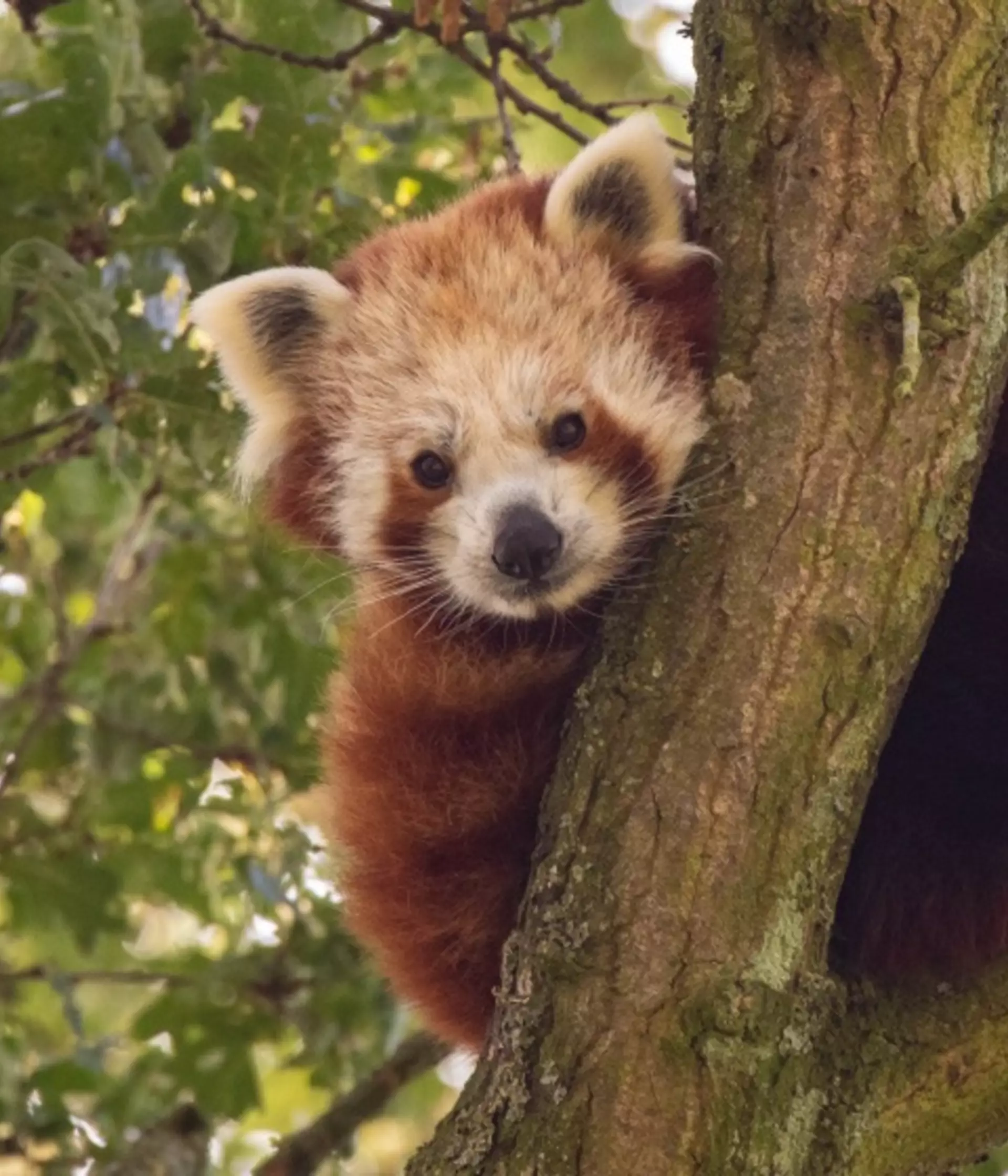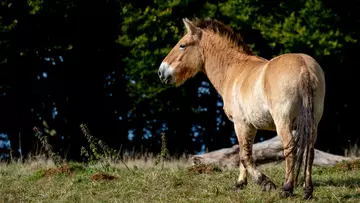
We thought we’d share some facts that might surprise you about the UK’s largest Zoo.
1. Whipsnade Zoo has helped return several species of ‘extinct’ animals to the wild, including the last wild horse
When animals become extinct in the wild, zoos are often their last hope – and Whipsnade Zoo’s keepers are experts at breeding rare animals to support reintroduction efforts. “The Zoo has helped to return several species of animal back to the wild,” says Joy Lear, Whipsnade Zoo’s current longest serving zookeeper. “One of the standouts for me is the Przewalski's horse, a beautiful animal from Asia’s vast grasslands of Mongolia, Russia and China. It’s considered the last remaining wild horse and when it went extinct in the wild we worked with several zoos to breed a new population of them and help reintroduce them to China.”

Whipsnade Zoo has helped to reintroduce Przewalki’s horses to the wild
2. The lake in Passage through Asia was made by a World War II bomb
During WW2, many of London Zoo’s animals were moved to Whipsnade to escape the Blitz, and the building where Viewpoint Kitchen and Deli stands today was turned into an air raid lookout post. Whipsnade’s chalk lion was even covered up by wood, manure and nets because there were concerns it would be a good marker for enemy bombers. However, in 1940, 41 bombs fell on the Zoo, thought to have been intended for the nearby industrial towns of Luton or Dunstable, sadly killing a spur-winged goose and a young giraffe. Some of the craters were left to fill with water and became ponds for the animals – and one of these can still be seen in Passage through Asia.
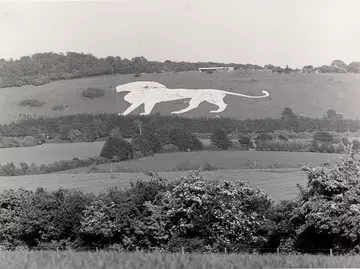
The chalk lion was covered during WW2, for fear it would attract enemy bombers, but that didn’t stop the Zoo being bombed in 1940
3. Pantalaimon in the hit BBC Series ‘His Dark Materials’ is based on Whipsnade’s red pandas.
During production of the BBC’s TV adaption of Philip Pullman’s trilogy His Dark Materials, a film crew spent hours collecting footage of Whipsnade Zoo’s red pandas to help them depict Lyra’s daemon Pantalaimon when he took on a red panda form. He isn’t the first star to be inspired by Whipsnade though – David Attenborough, Steve Buchanan and even Harry Hill have all filmed at the Zoo.
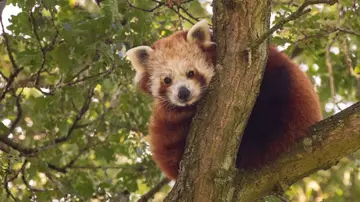
ZSL’s red pandas inspired the BBC’s depiction of Pantalaimon. Photo courtesy of Jo Brown, ZSL member
4. Whipsnade has helped establish the world’s zoo populations of Southern white rhinos
Former Zookeeper Craig White, whose family has worked at Whipsnade Zoo for four generations, remembers when the Zoo was the second largest breeder of Southern white rhinos in the world. “In the 1970s 21 white rhinos came to the Zoo from South Africa,” says Craig. “At that time, we were the second largest breeder of white rhinos in the world, and we helped to establish breeding populations in zoos across the world.”
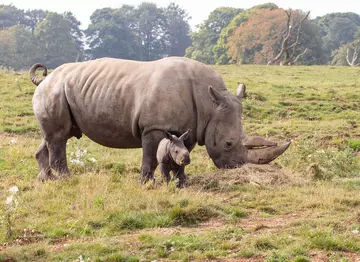
Whipsnade’s white rhinos have helped establish breeding populations in other zoos around the world
5. You can look into four counties
It’s no wonder that the building where our Viewpoint Kitchen and Deli stands today was turned into an air raid lookout post during WW2, says Team Leader of Dear and Antelope, Don Glyn. “If you stand on the hill on a clear day and scan the horizon you’ll be able to see Bedfordshire, Hertfordshire and Buckinghamshire,” says Don. “On a really clear day you might even be able to see Northamptonshire!” (Ok, we’re not sure about this last one – why don’t you try it and see?)
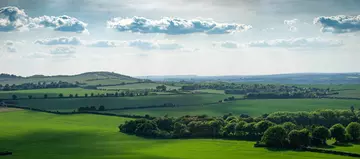
You can look into three counties – or possibly four on a sunny day
6. Whipsnade Zoo is a haven for British wildlife
The Zoo might be home to some of the world’s most exotic and exciting animals, but it’s also a haven for British wildlife thanks to its remote and untouched location, says Don. “We have a breeding flock of about 20 pairs of lapwings, and the best place to see red kites is over the cheetah and lion paddocks – we get huge flocks of them floating on thermals over the Zoo. We also have several rare bat species living in the old bear enclosures. We even have a breeding colony of slow worms on Pere David’s hill. In June they emerge from their deep burrows and I find them behind our team’s office basking in the sun!”
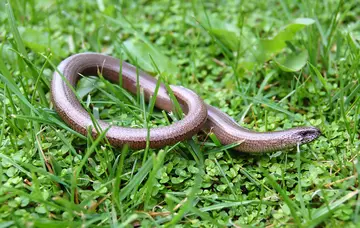
Whipsnade is a haven for British wildlife, like these slow worms who like to bask in the sun
